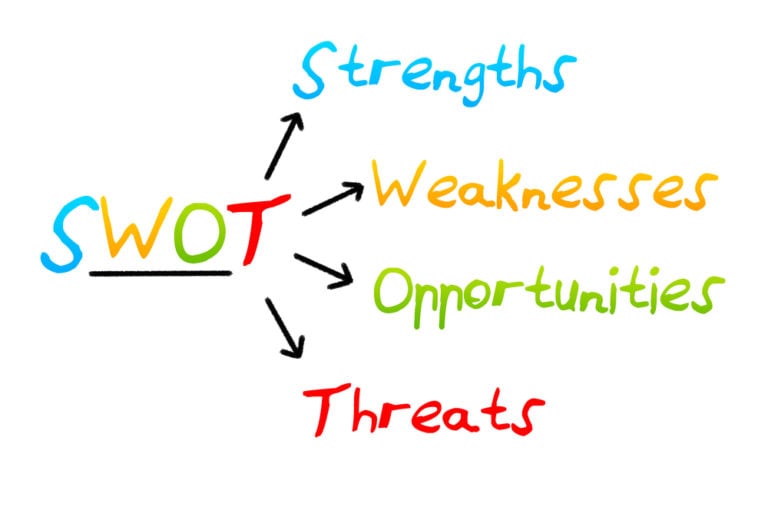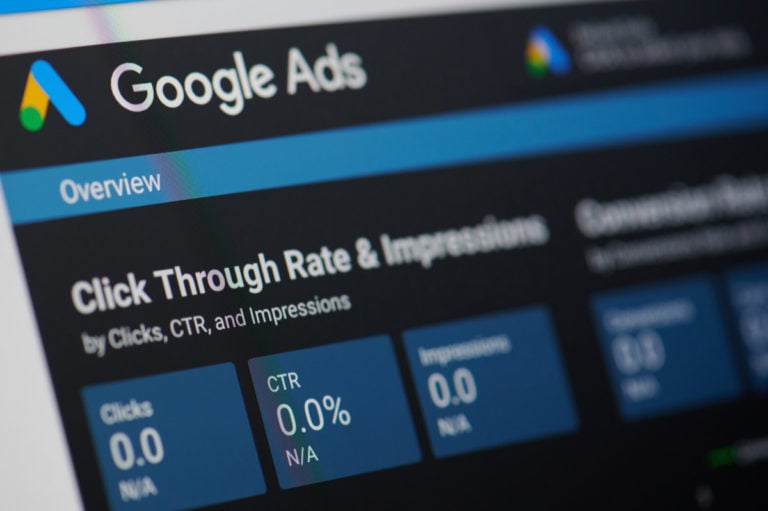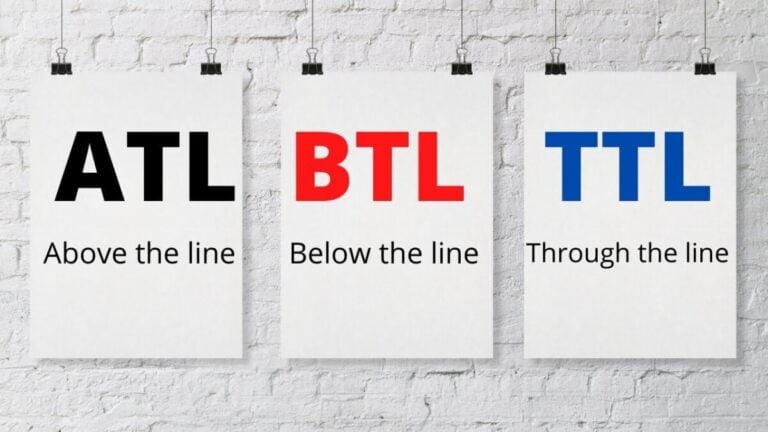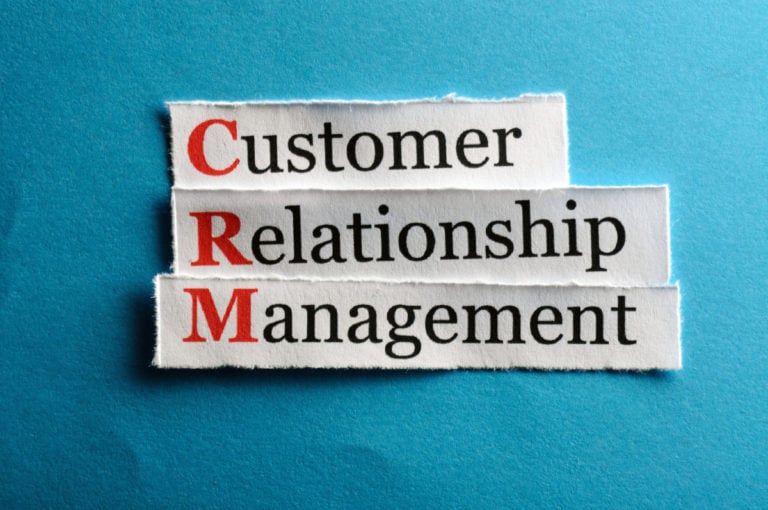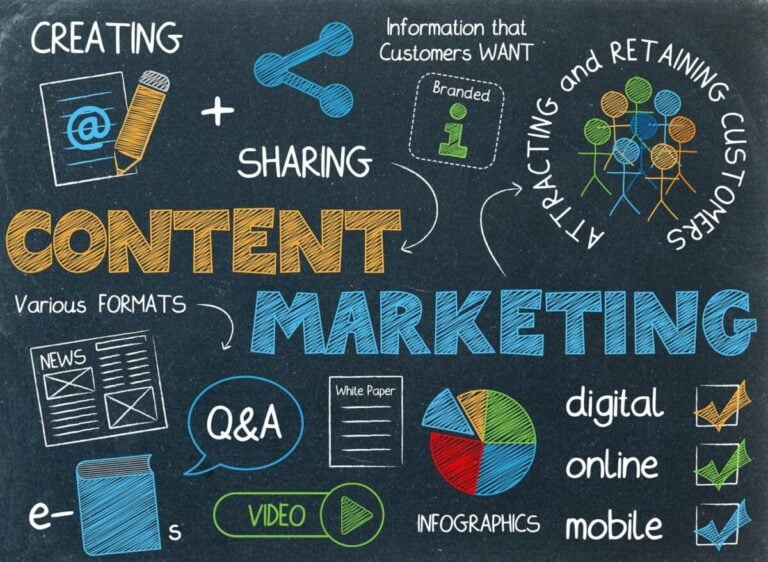Long gone are the days when a marketer did research and campaigns by hand. The current marketing industry relies primarily on technology. These tools, known as MarTech, simplify most marketing operations, including media trading. In this article, you’ll take a look at what MarTech is and how it makes media trading easier.
What is MarTech?
These tools are used to simplify marketing processes through automation. They collect and analyze data, optimize campaign management and interaction with your target audience. The group of tools that the company uses for marketing activities is called the MarTech Stack.
Why is marketing technology important?
Modern marketing would not be possible without marketing technologies. Every time you use an email platform to distribute an email campaign or analyze your website analytics, you are using MarTech. Here are a few reasons why MarTech is important:
MarTech combines marketing and operations
Marketing technologies facilitate collaboration between marketing and operations departments. MarTech tools enable teams to get real-time data to make data-driven decisions.
MarTech lets you evaluate the entire customer journey
When you integrate MarTech, you can view customer data from the first visit to purchase. MarTech allows you to answer questions about your client such as:
- How do they find you? What was their first interaction with your brand?
- Which of your channels converts better?
- How can you improve your marketing strategy and help your customers convert?
MarTech helps you sell more efficiently
Using MarTech tools, you can automate efficiency, optimize data and processes. As a result, the use of technology allows you to go to market faster and more efficiently.
What is MarTech used for?
The combination of digital tools that you use to optimize your work is called the MarTech stack. It covers most marketing activities and several use cases such as:
Data & Analytics Solutions
Marketers collect statistical data, analyze it, and use it to determine trends and actions. Marketing technology helps marketers plan and execute marketing campaigns. Digital analytics software helps marketers analyze consumer behavior by collecting and analyzing data. They also allow marketers to measure and understand the effectiveness of campaigns.
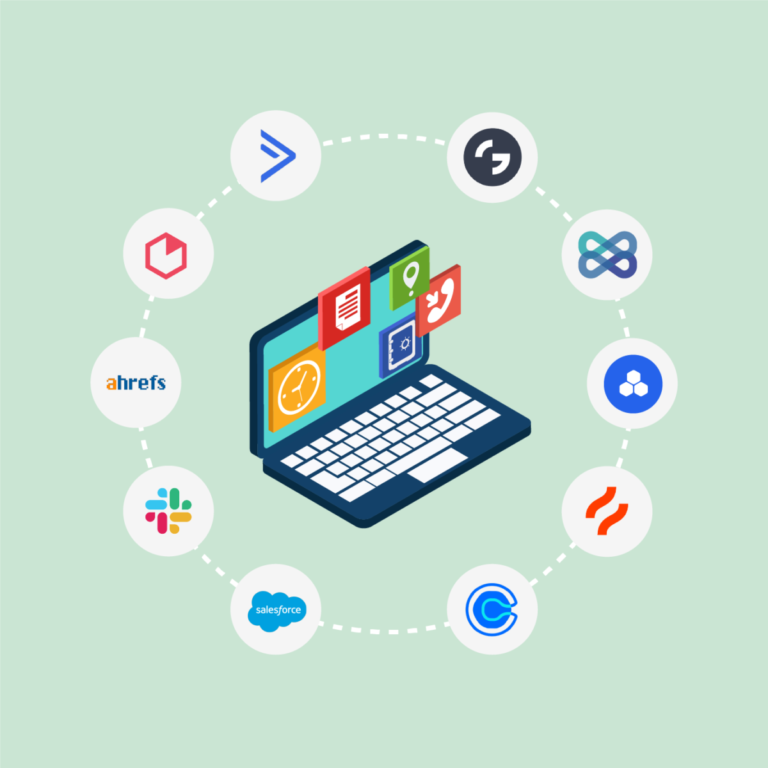
What type of solution are you using for this use case? Digital analytics software (such as Google Analytics)
Commercial and sales
Another part of the marketing stack is sales automation solutions. These technologies include automating the sales process from lead acquisition to purchase. MarTech tools enable collaboration between marketing, sales, distribution and logistics departments throughout the supply chain. By doing this, MarTech tools then help close the gap between marketing and sales, driving lead generation and improving the customer experience.
Solutions you can use for this case: CRM software, sales software (like Salesforce, Shopify)
Content and experience
Marketing tools can help companies manage their content effectively and create a holistic experience for customers. Content and experience tools that help marketers even build websites so they can manage their online presence and deliver compelling and informative content. Other tools help with search engine optimization, search engine marketing or social media.
Customer Relations
Customer Relationships refers to the strategies and practices that govern relationships and interactions with customers throughout their journey. These solutions help automate repetitive tasks, increasing efficiency and providing customers with a personalized experience.
Sales Management
There are also marketing solutions for marketing talent management, collaboration, and product management.
MarTech Best Practices
As an organization’s digital marketing needs grow, the number of solutions also increases. As a result, marketers often struggle to find the right tool across thousands of different platforms. The growth of the Internet has led to an exponential growth in the number of digital marketing solutions.
If in 2011 the number of companies was about 150, now this number exceeds 5,000.
In such a dynamic environment, marketers cannot afford to be wrong. Therefore, to get the most out of your marketing stack, here is a list of best practices:
Audit an existing stack
Before adding new technology, check what solutions you already have. If you don’t, you run the risk of overlooking bugs and getting multiple solutions that don’t interact with each other. This will help you assess the capabilities of your stack and prevent problems.
Make sure the new marketing technology integrates with your existing solutions
After choosing a solution, consider how the new technology will integrate with your existing stack. Lack of integration is one of the most common problems mentioned by marketers. The new solution must be aligned with your business and marketing goals, and support your use cases and business needs.
When outsourcing, choose a company that will take care of the implementation
If you decide to buy the tool and implement it yourself, make sure your team knows the ins and outs of implementing and running the tool. Otherwise, you can outsource the technology. In this case, make sure that the supplier takes care of the setup and training.
Track your marketing metrics
Monitoring and tracking metrics such as open rate, conversion rate, etc. can be time-consuming if done manually. Moreover, you risk missing. Choose a solution that automatically tracks and measures your performance and offers recommendations to improve your campaign for the best results.

Use automation
To get the most out of MarTech, you should automate your marketing system as much as possible. Automation helps you streamline your system, generate more leads in less time, analyze customer data, and generally work faster and more efficiently.
Don’t interfere with your marketing strategy
With the many tools available for your stack, you are sure to receive plenty of advice to improve your strategy. However, resist the temptation to change the entire strategy at once. This may create more problems than solutions. Build your MarTech stack around your sales and business goals, not the other way around.
Use your data
Accurate data is gold for marketers. To capitalize on your data, the data center must not only have a lot of data available, but also use the right tools to help you understand it. Remember to segment your data and label your customers to maintain data integrity and make it easier to access.
Difference between AdTech and MarTech
There is confusion among business owners and even marketers between AdTech (advertising technology) and MarTech (marketing technology). Despite the close relationship, these technologies perform different functions. Let’s understand the difference between them.
What is AdTech?
AdTech allows companies to target specific audiences and optimize their advertising spend.
Advertising technologies are driving companies to use more digital advertising. As a result, ad spending has grown steadily despite the impact of the pandemic and is expected to reach $220.93 billion in 2023.
Platform differences
First, the platforms used for online marketing and digital advertising are different. Most platforms are unique to each area. For example, advertisers use demand-side platforms while a marketing agency typically uses an email automation tool.
Function difference
The advertising technology is based on a running campaign. The advertisements and measured metrics are intended for the eventual creation, execution and management of digital advertising campaigns. Advertising technology makes it easy for publishers, such as app and website owners, to sell their ad inventory.

MarTech includes AdTech as well as funnel building, lead nurturing and campaign testing.
AdTech platforms and tools
These platforms are used by the advertising technology industry:
Demand side platform
A demand-side platform is a software solution that allows media buyers to purchase inventory from ad exchanges and supply-side platforms. DSPs implement real-time bidding, so advertisers buy media per impression.
Supply side platform
SSP is a version of the platform for demand-side providers. It automates the offer of inventory on the ad exchange. The technologies used in SSP allow publishers to maximize their profits by getting the highest possible price for their inventory.
Ad network
An ad network typically buys inventory from vendors and ad exchanges and sells it to advertisers.
Ad Exchange
The Ad Exchange is a high-tech marketplace that makes it easy to buy and sell advertising space and impressions between vendors and advertisers. The exchange automatically manages the process of buying and selling through real-time software trading.
Ad server
An ad server is software that determines which ads will be displayed on digital property. This software displays ads to the user in accordance with the specifications set by the advertiser in the ad network or ad exchange. It also collects ad performance data such as clicks and impressions.
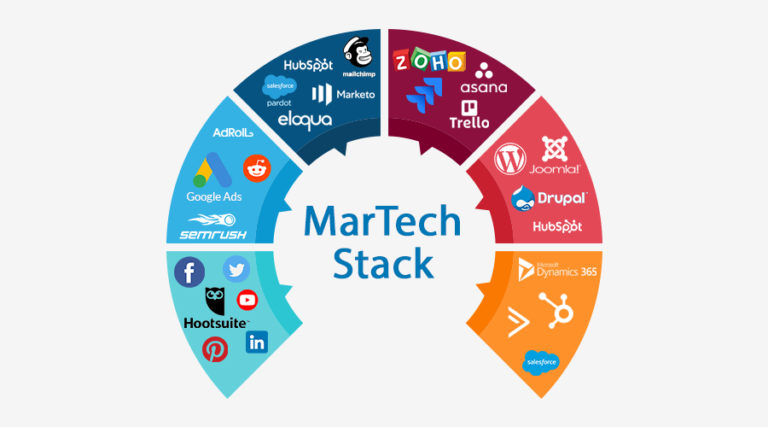
Search Engine Marketing (SEM) platforms
These platforms use programmatic paid advertising to promote a site on search engines. To do this, they connect to advertising networks and exchanges.
MarTech Stack
There are important technologies for both B2B and B2C marketers:
- Content Management System: Software that helps you manage your website, blog, or any other content where marketers are trying to reach your potential audience.
- AdTech Platform: Your AdTech stack should be part of your marketing stack. Consider signing up with an ad network or monetization platform. Combine different types of display ads, retargeting and ad tracking software.
- Email Marketing Software: Email is one of the most effective marketing channels and you need to have it in your toolbox if you want to attract and grow your customers. Email marketing is sometimes part of inbound marketing solutions.
- Analytics software: Not just website analytics, but business intelligence capabilities should be included in your stack. In large companies, it may be necessary to use data warehouses or content analytics solutions to understand your data in large companies.
- Experiential marketing and optimization: Event marketing is gaining momentum with the rise of virtual events. To get the most out of experiential marketing, you can add event management tools to your stack.
- Social media management: who is not on social media today? Ensuring that your posts and content are published in a timely manner, monitoring social activity, and increasing social activity will depend in part on having the right tools.
- Search Engine Optimization: Great SEO can increase your brand’s visibility in search engines and drive organic traffic to your website. There are many solutions available to help with keyword research and other SEO-related activities.
- Customer relationship management. Last but not least, the right sales and CRM solution can help you track the results of your marketing efforts.
How MarTech simplifies media trading
Without MarTech, modern digital marketing and advertising would not be possible. The various solutions included in the MarTech stack help companies optimize their marketing processes, including media trading.
What is media trading? This is the real-time purchase of advertising space through an automated process (real-time bidding). Advertisers use software tools to buy from publishers who list their inventory on ad exchanges. Media traders are the people responsible for streamlining this process.
MarTech and AdTech tools help publishers maximize revenue and meet advertiser requirements. There is no need to contact advertisers directly to sell inventory because the tool takes care of everything in seconds.
Conclusion
Undoubtedly, the MarTech industry has revolutionized the way marketers and advertising agencies work. Using MarTech tools like CodeFuel can make the process even easier. By offering a complete monetization platform, you get a complete solution for monetizing your digital property.

